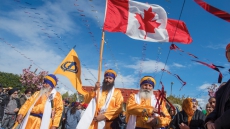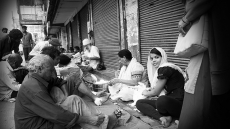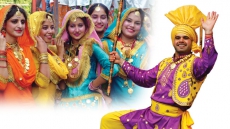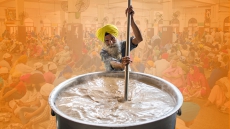The Surrey Vaisakhi parade was first held nearly 20 years ago, and since then has exploded as a mass gathering of people from all different backgrounds and faiths.
Sikhs only make up about 1.4 per cent of Canada’s population, but our influence and exposure in Canadian society has drastically increased over the past few years. Politicians such as the New Democratic Party leader Jagmeet Singh and the Canadian Defence Minister Harjit Sajjan, have brought Sikhism to the forefront of Canadian media. With this increased public coverage has come the need to better showcase the values of Sikhism. It is vital to properly establish our identity and move away from the stereotypes that have come to be associated with our culture.

The distorted perception of Sikhism is primarily due to the lack of proper exposure to its set ideals and statutes. While Sikhism as a whole does receive plentiful attention in the news currently, the actual makeup and history of the culture are large ignored and left to people to perceive any way they wish. As a collective community, it is fundamental to counter this by inducing the spread of the reality behind the largely misunderstood religion. One of the easiest ways to do this is through an event that already garners extensive attention in the British Columbia Community - the Vaisakhi parade.

Nearly half of Canada’s population of Sikhs live in British Columbia, but the majority of them have faced some sort of discrimination; this discrimination largely stems from misunderstanding. The Surrey Vaisakhi parade was first held nearly 20 years ago, and since then has exploded as a mass gathering of people from all different backgrounds and faiths, as a show of diversity and universal brotherhood. Since the Vaisakhi Parade has attracted a multicultural audience for many years now, it has made the event a major exposure point for Sikhism. Therefore, the projection of ourselves at such an event, will establish our identity among people. For a majority of the attendees, the parade is the only time they will be in a situation where they are able to learn and understand Sikhism, and consequently, that makes the parade an increasingly important event for our community.

The Vaisakhi parade gives us an opportunity to shed light on our culture’s background, in order to improve and counter our image that is widely accepted otherwise. Those that attend the parade should come away with more than just a fulfilled appetite. We need to grasp this opportunity to educate and explain Sikhism’s groundwork and values. It is through education, that we can reduce racism in our society, and increase acceptance of our differences.



